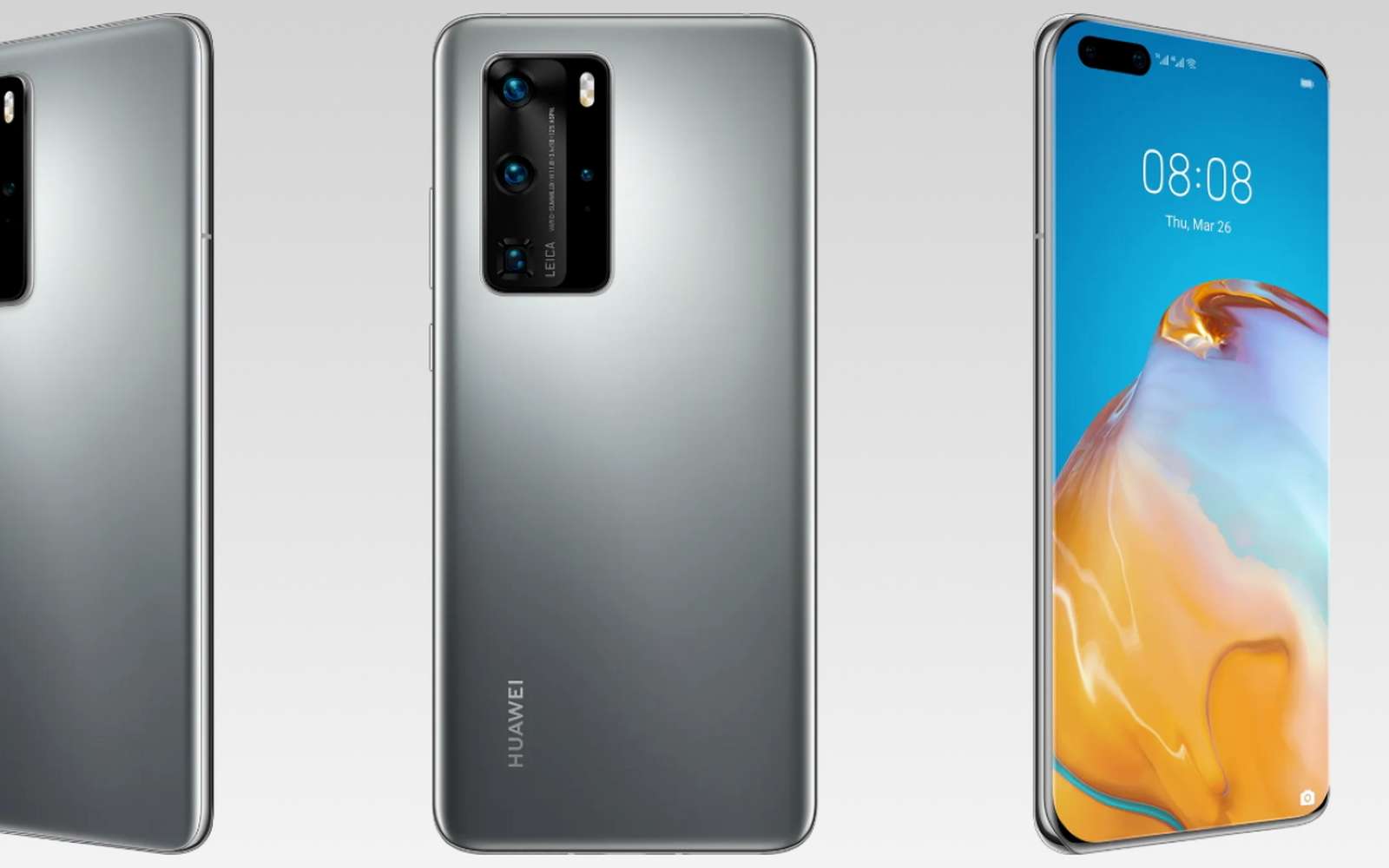Futura was able to test the Huawei P40 Pro at length. After having appreciated the qualities of a hard part to criticize, it was necessary to tame a universe where the absence of Google services is felt more than we imagine.
After several weeks of using the Huawei P40 Pro , Futura does not have much to reproach the flagship of the brand in terms of quality and performance, including that of the photo module signed Leica. It is without doubt the best photophone of the moment. With a successful borderless screen design, a formidable firepower , a fluid screen clocked at 90 Hz and a significant autonomy , once in hand, it borders on perfection.
Even if the current containment situation limits the conditions of mobility, and tests in public transport or in usual conditions, the P40 Pro has proven to be an excellent companion. We can only blame it for ergonomic details like its imposing photo module on the upper left which makes it tilt when it is laid flat on a table. However, the hull provided by the manufacturer comes to correct the shooting. Another complaint: the glass surface of this module also falls under the fingers and it is necessary to wipe it often to remove traces.
Getting started without Google
On the technical side, everything would be perfect in the best of worlds if there was not a big catch: that of the absence of Google services that we find on all Android smartphones . Since May 2019, the embargo led by the United States against Huawei has deprived the brand’s mobile phones of the partnership with Google.
Only Android , naked version, can be used and security updates are always available, but that’s all. The first mobile to suffer this deprivation was also the Huawei Mate 30 Pro, and note that this absence did not prevent Huawei from consolidating its position as the second world manufacturer after Samsung by selling 200 million mobiles last year. But in China, we have known how to do without Google for years. Which is not the case elsewhere in the world.
Unpacked and powered up, the latest Huawei smartphone does everything to make the transition from an old mobile to the P40 Pro easy. After some simple settings to initialize Android , to recover all the data from the old mobile, simply install the Phone Clone application on the latter and also open it on the P40 Pro.
After scanning a QR codeon the P40 Pro, the two mobiles combine and the transfer is carried out. It is also found elsewhere, but it is very practical, and rather reassuring. The operation lasted almost two hours in our case. For some reason we don’t know the P40 has started to heat up strongly. In the meantime, it is not possible to use either device. But once this transfer is made, we find all the messages, photos and almost all the applications.
No question of browsing with Google Chrome , or using any other Google application. Likewise, you will quickly notice that some applications not developed by Google will also have disappeared. Because the real concern for the use of a private mobile Google services, it is not so much the applications of the internet giant (Maps, Gmail , YouTube), but rather those which cannot not work without him. This is for example the case of the most useful applications in this period of containment: Netflix , or even Yuka. To be able to be exploited, very many applications indeed require Google Mobile Services, that is, Google APIs . Exit Netflix therefore, but also a good number of other applications, like Uber, for example. Even Facebook cannot be used directly after cloning .
And that’s where the shoe pinches. If for the followers of a world free from GAFA, such a mobile is a good start, for the others, it will be necessary to learn to live with a certain frustration. It only takes a few hours to realize how dependent we are on Google services, even those we ignore. For example, in a house where it is a Chromecast which acts as a smart-TV and which is also equipped with a Google Home speaker , these connected accessories can no longer be controlled with the P40 Pro.
